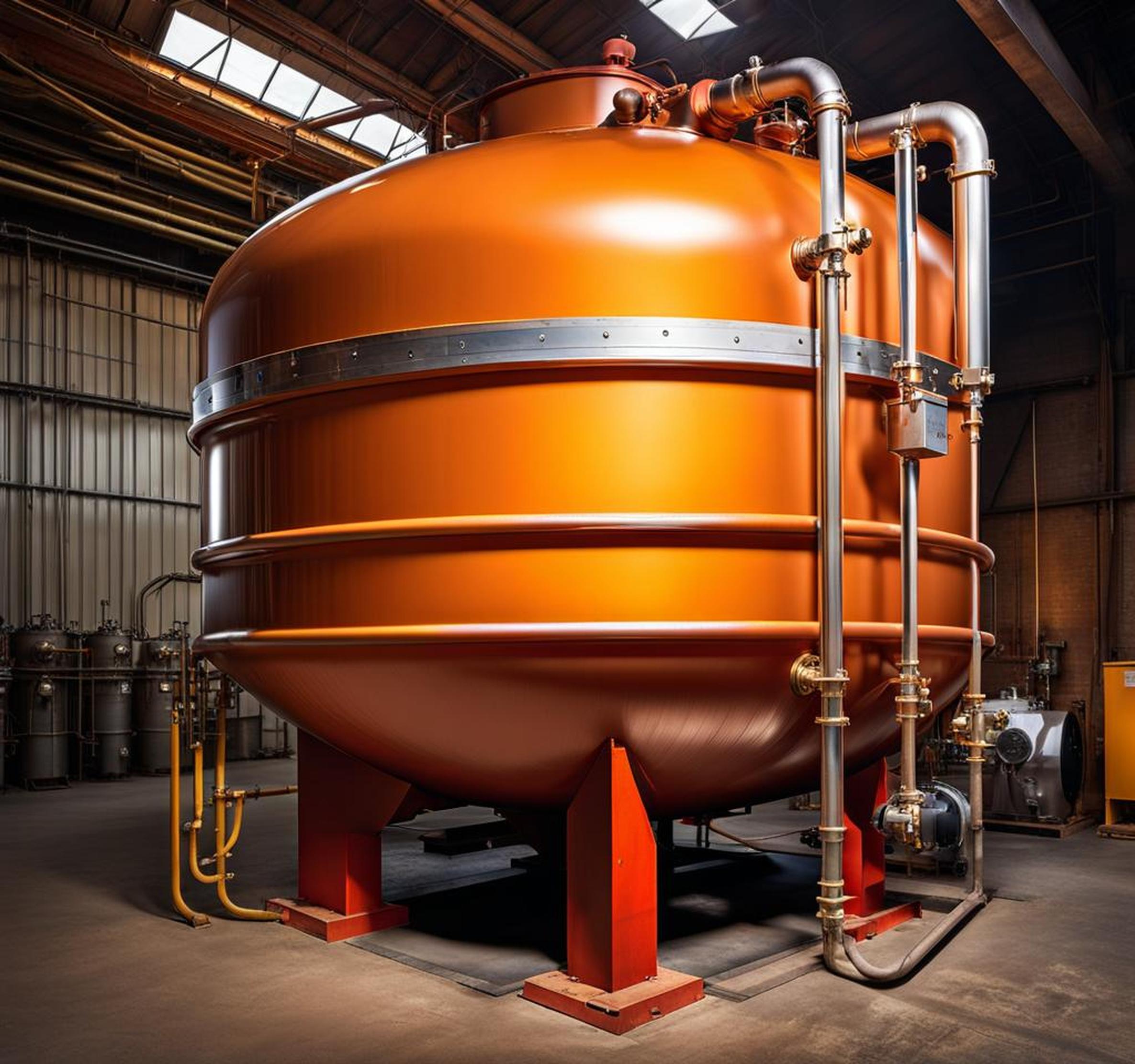A boiler expansion tank is a small tank that is connected to your home’s closed heating system. It serves a crucial purpose – to store excess water that expands as it gets heated. When water is heated, it naturally expands in volume. But in a closed system with no place for this expanded water to go, dangerous pressure can build up.
That’s where the expansion tank comes in. It provides space for the expanded hot water to move into, preventing pressure from building up inside the boiler and pipes. By maintaining safe pressure levels, it allows your heating system to operate efficiently and avoid damage.
Why Does it Fill With Water?
The expansion tank is designed to hold a certain amount of expanded water from your heating system. However, over time it can become overfilled for a few reasons:
- The tank was overfilled when it was installed
- Too much water has been added when refilling the boiler
- The tank hasn’t been properly drained and maintained
If the water entering the tank exceeds its capacity, the tank can become waterlogged. As more expanded hot water tries to enter, it will overflow out of the top of the tank.

Signs Your Expansion Tank is Waterlogged
How can you tell if your boiler expansion tank is filled with too much water? Here are some common signs:
- Water dripping or pooling from the overflow pipe
- Standing water around the tank or boiler
- Higher than normal pressure gauge reading
- Relief valve releasing water due to excessive pressure
- Reduced heating capability and hot water output
If you notice any of these issues, your expansion tank is likely overfull and needs to be drained immediately.
Dangers of an Overfull Expansion Tank
Allowing your expansion tank to remain filled with water can lead to some costly problems:
- The weight and pressure may cause the tank to crack and leak.
- Excessive pressure can damage pipes, joints, the relief valve and other boiler components.
- Water spraying from the relief valve due to high pressure.
- Rust and corrosion buildup from standing water.
- Premature failure of the boiler pump, heating elements and thermostat.
In addition to equipment damage, a flooded tank increases the risk of water damage to your home if leaks occur. That’s why it’s critical to drain it promptly when you notice signs it’s overfull.
How to Drain the Expansion Tank
Draining an overfilled expansion tank is a straightforward DIY task.
Start by locating the power switch for your boiler and turning it off. This allows the heating system to cool down and reduces pressure. Next, turn off the incoming water supply valve that feeds water into the boiler.
Attach Hose and Set Up Drainage
Attach a garden hose to the drain valve at the bottom of the expansion tank. Make sure it can drain safely outside or into a bucket. Place the bucket under the drain valve to catch water when you open it.
Drain and Flush the Tank
Completely open the drain valve to release all water from the tank. Allow it to fully empty into the bucket or through the hose outdoors. Once drained, flush clean water through the tank to wash out any sediment.
Keep flushing until the water runs clear. Then close the drain valve once the tank is empty.
Refill and Restart System
With the drain valve closed, turn the water supply back on to refill the boiler and expansion tank to the proper level. Double check that all valves are open so water can flow freely. Once refilled, turn the boiler power back on.
Monitor the pressure gauge. The reading should have dropped back down to normal since the excess water is now drained. The system is ready to safely heat again.
Preventing Future Water Buildup
To stop your expansion tank from repeatedly filling with excess water, try these maintenance tips:
Install an Auto Air Vent
Auto air vents remove trapped air from the system. This improves circulation and allows the expansion tank to work properly.
Check for Leaks
Inspect fittings, valves and pipes for any leaks that could be allowing water back into the system and expansion tank.
Use System Regularly
Frequently using your hot water and heating system keeps water circulating. Stagnant water can promote rust and sediment buildup.
Drain Tank Annually
Make it a habit to drain your expansion tank at least once a year to prevent water logging. Drain more often if you heavily use your boiler.
While draining an overfull expansion tank is usually a DIY job, call a professional boiler technician if:
- The tank is damaged or leaking.
- Other boiler parts need replacement.
- Pressure issues persist even after draining the tank.
A technician can fully evaluate your system, identify underlying issues, and ensure your boiler is operating safely.
Don’t let an overfilled expansion tank damage your boiler or pipes. Look for signs it needs draining and follow these steps to fix it fast. With regular maintenance, you can prevent future problems.
